Established in 2013, Shenzhen Tomoloo Technology Industrial Co. Ltd is a Chinese-owned manufacturing company housed in Shenzhen, China. TOMOLOO claims to have partnerships with some of the world’s most influential companies. (You’ll be hard-pressed to find out which ones those are.) However, TOMOLOO is immediately forth-coming about the safety of their boards.
TOMOLOO has an astounding amount of Hoverboards, from the V1 POLEAXE, V2 Eagle, Q1 Sea Lion (and a wide variety of Hoverboards). Each one can be fully customized to your heart’s content – and each one comes in a variety of colors.
As you may or may not know by now, UL2272 certificates are issued to boards that have passed hundreds of safety and electrical tests. (These tests were created as a response to thousands of boards recalled due to fires and explosions.) These certificates have become industry-standard, and are completely voluntary.
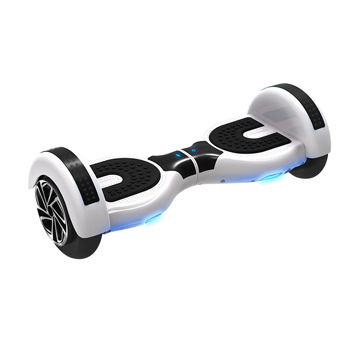
In addition to the UL2272, TOMOLOO proudly claims that their products are certified by “CE, FCC and RoHS, batteries certified by UN38.3 and MSDS, and the chargers certified by GS, SOSA, CB, CE, RoHS, UL and IEC series.” I feel immediately safer knowing they have so many safety certificates for their products (without knowing what most of them actually mean.)
Despite the UL2272 certificate, please keep in mind not to expose any Hoverboard to temperatures above 40 degrees Celsius (104 degrees Fahrenheit). Doing so will obviously melt the interior components and render the Hoverboard essentially useless – as well as potentially frying the battery, thus causing fires. Although UL2272 boards were extensively (and brutally) tested to pass industry-standard safety and electrical regulation tests, it’s still our responsibilities (as users) to maintain safety.
Thanks to it’s Mainboard Program, which stabilises the board itself as you ride it, balancing on TOMOLOO boards are easier than ever – requiring little to no effort on your part for staying upright (in contrast to non-electric scooters or skateboards).
TOMOLOO boards come with Bluetooth 4.0. What this means is, the most popular variant (Bluetooth 2.0) made it easier for devices to pair with different devices. However, with 4.0, data is collected from devices (without using up a lot of data). This makes it useful for gathering data from life-saving sensors (such as heart-monitors). Plus, TOMOLOO claims their speakers “rival professional stereo speakers.” (Aren’t you tempted to buy one just to see if they back up their hype?)
The TOMOLOO Hoverboards’ max speed is 8mph (~12 km/h). While this may initially seem slow, 8 mph is (for Hoverboards) relatively fast. It looks like the average speed for electric scooters is 7-9 mph., meaning the TOMOLOO is on-par with the industry standard speed.
What’s really cool is the fact it can take you as far as 12 miles (or 19 km) on a single, continuous battery charge. What this means for you is you can go as far as you want to go – charge the battery (which takes roughly 2 hours – this is a standard charging time for most popular Hoverboards), and then go another 12 miles.
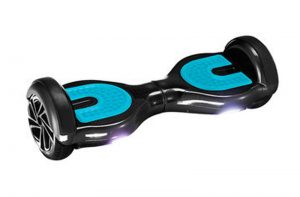
While most self-balancing scooters come equipped with one 350W motor, or dual 350W motors, the TOMOLOO Hoverboards come with one 300W motor. While it seems inferior (or weak) compared to other motors, it has an advantage over the others: it is even more silent. Whereas you can “hear” other motors chug along as you ride, the TOMOLOO is virtually silent – and you’d be hard-pressed to tell if it’s on or not. (This is an incredible advantage if you ever want to go for a night-time ride and don’t want to wake anyone up.)
Another benefit TOMOLOO has over competitors is its “appearance-patented designs.” Whereas most boards look similar (and in some cases are carbon copies of each other), TOMOLOO’s exterior designs and aesthetics are all their own.
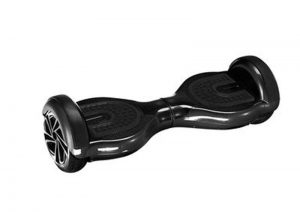
What makes TOMOLOO Hoverboards different from others is their “globally exclusive” RGB lights. You have 4 LED lights on each side (on the board’s body itself and in front of the tires). Plus, thanks to the TOMOLOO app, you can use your smartphone to change the speed, steering sensitivity, and even set an automatic timer for shut-down. These lights are fully customizable so your board can be tuned to however you want – letting you define your board as you see fit.
A nice factor that TOMOLOO has over other manufacturers is their 24/7 technical and customer service. All you have to do is contact them and receive help and support for any issue at all. This is a wonderful touch, as most companies let you call them during business hours (usually 8AM-4PM or 9AM-5PM).
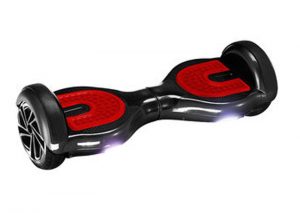
(A nice touch is the fact that it comes fully charged right out of the box.)
Also a wonderful—if not extraordinary—feature is that TOMOLOO’s Hoverboards carry up to 264 lbs. (~120 kgs.) What makes this extraordinary is the board itself is only 23 lbs. (~10 kgs.)
While 2 hours may seem like a long time, especially for a “small” board, it’s worth remembering that traveling 12 miles on one battery charge is no laughing matter. This distance is comparable to off-road Hoverboards – which are usually hundreds of dollars more expensive than TOMOLOO boards (which are $588 $359 on Amazon and $90-180 on their site). For comparison’s sake, here are the prices of a few popular off-road and on-road scooters:
- Halo Go Hoverboard: $497.00
- EPIKO: $510-600.00
- Hovertrax 2.0: $300-400.00
- SagaPlay F1: $300-400.00
- Spadger: $240.00
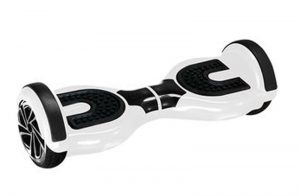
While this can essentially be applied to every UL2272-certified self-balancing board, the TOMOLOO’s self-balancing design patent which is exclusively theirs makes it worth tremendous respect. Plus, personally, I love the fact it can carry up to 264 lbs., making it worry-free for heavier people (such as myself).
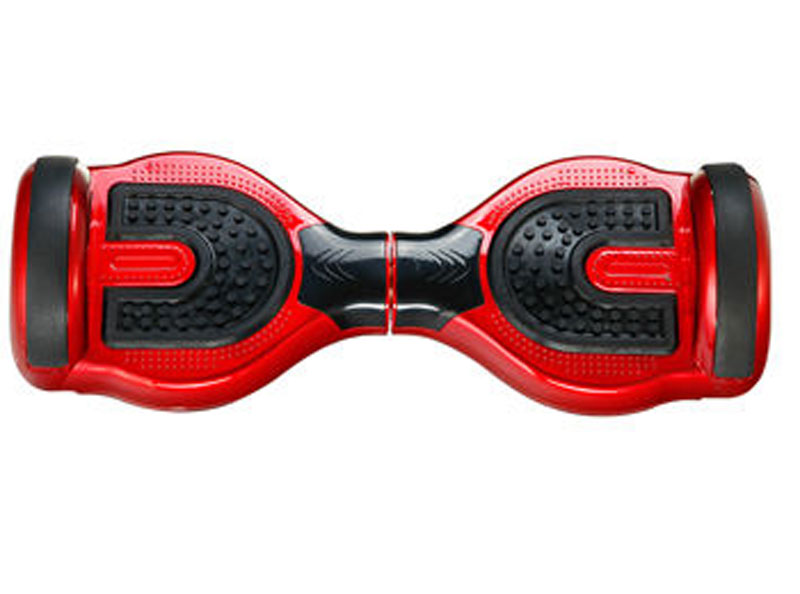
With a patented design ensuring its unique aesthetic, mile range comparable to more expensive boards, and “bucket-load” of safety/electrical certificates, as well as the reasonably-affordable sales price… It’s evident that TOMOLOO aspires to be the “go to” manufacturer for Hoverboard enthusiasts.
Here are Some More Hoverboard Reviews: